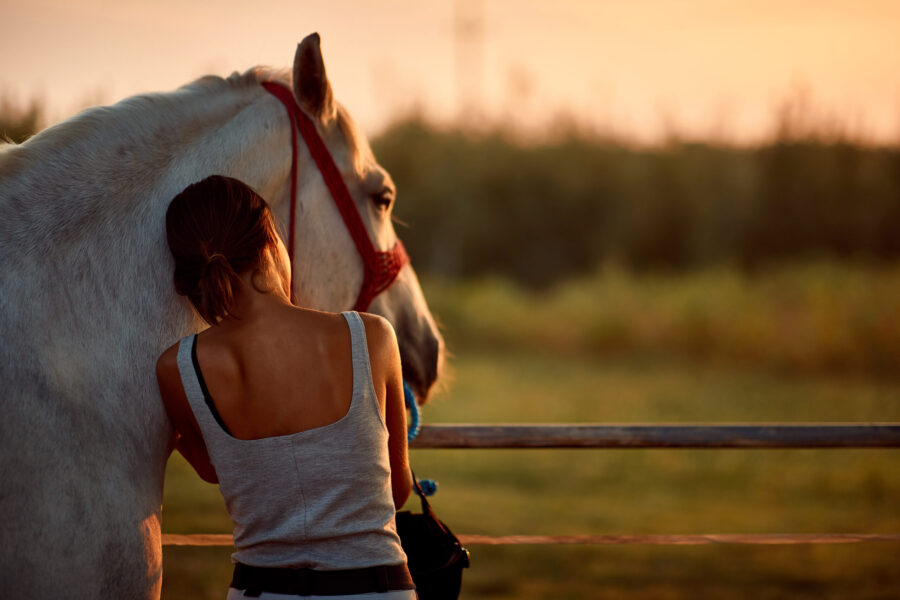Recognizing and appropriately managing trauma-induced responses in equine patients is important.
The connection between equines and their human companions is built on a foundation of mutual understanding and nurturing. This relationship can be strained when horses encounter distressing experiences, resulting in conduct resembling anxiety disorders like PTSD observed in people. These issues must be identified and managed to ensure the health of their four-legged patients and the security of those who work with them.
Grasping Equine Mental Processes
Horses demonstrate impressive mental capabilities, including the ability to store and recall information over extended periods. This skill enables them to create enduring links between incidents and their consequences, especially when these events are unpleasant or distressing. Repeated negative encounters can result in actions that mirror symptoms of PTSD like in humans. These may present as increased skittishness, evasive tactics, or confrontational reactions to perceived dangers.
Recognizing Stress Catalysts
As animals naturally preyed upon, horses are inherently watchful and possess a well-developed survival instinct. Distressing experiences can amplify this tendency, establishing particular stimuli that provoke intense reactions. Frequent triggers that may elicit these responses include:
- Discomfort-causing stimuli (e.g., certain handling methods or veterinary treatments)
- Abrupt, intense auditory or visual disturbances
- Quick or unpredictable movements
- Circumstances that induce a sense of restriction
Identifying these catalysts is vital for handling affected equines and averting potentially hazardous situations for both the animals and their caretakers.
Indications of Equine Distress
Horses with PTSD may display a variety of responses when faced with triggering situations. These can include:
- Hostile actions such as snapping, lashing out, or charging
- Efforts to break free or escape
- Increased apprehension or restlessness
- Unwillingness to be handled or undergo specific procedures
These reactions often stem from the horse’s previous encounters and act as protective mechanisms against perceived threats.
Healing Strategies
Tackling stress-induced behaviors in horses necessitates a multi-pronged approach:
- Adjusting surroundings to minimize exposure to known triggers
- Customized care strategies that prioritize the horse’s emotional health
- Encouraging techniques to reinforce desirable conduct
- Progressive familiarization with fear-inducing stimuli
- Teaming up with seasoned trainers adept at rehabilitating distressed horses
In certain instances, medical interventions may be necessary to manage acute stress responses. Mild calming agents can be employed carefully when trigger avoidance is not possible, always under professional supervision.
How a Veterinary Visit Can Help
Animal health professionals can provide treatment and their help can also extend to encompass:
- Informing owners about equine distress and its manifestations in detail
- Performing comprehensive evaluations to pinpoint potential triggers and behavioral patterns
- Creating all-encompassing management plans that address both physical and psychological aspects of the horse’s welfare
- Observing progress and modifying treatment approaches as required
- Cooperating with other experts, such as equine behavior specialists, when necessary
Addressing stress-induced behaviors in horses demands patience, empathy, and dedication to long-term care. By recognizing the signs of equine distress and implementing suitable interventions, horse owners and veterinarians can play a crucial role in enhancing the lives of affected horses and fostering safer, more positive interactions between these animals and their human caretakers. Through education, compassion, and comprehensive treatment approaches, we can assist these extraordinary creatures in overcoming their past ordeals and flourishing in their current environments.








